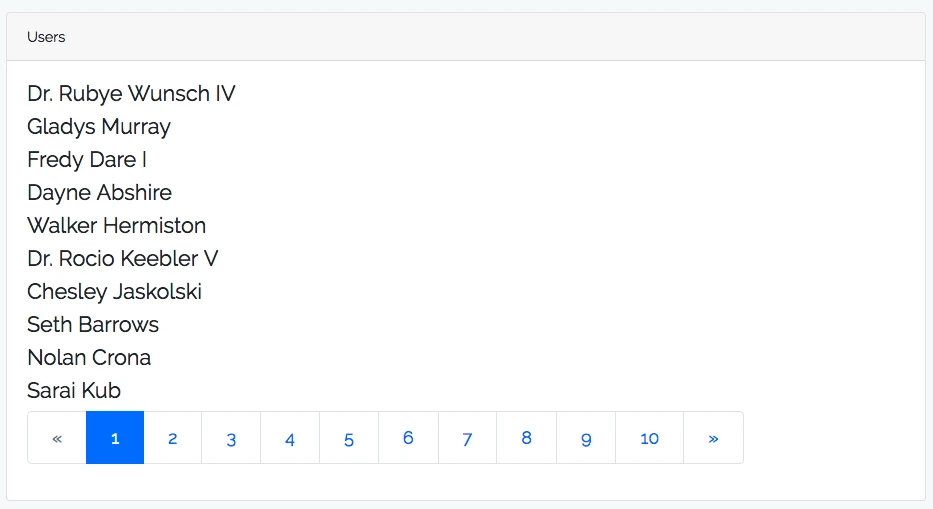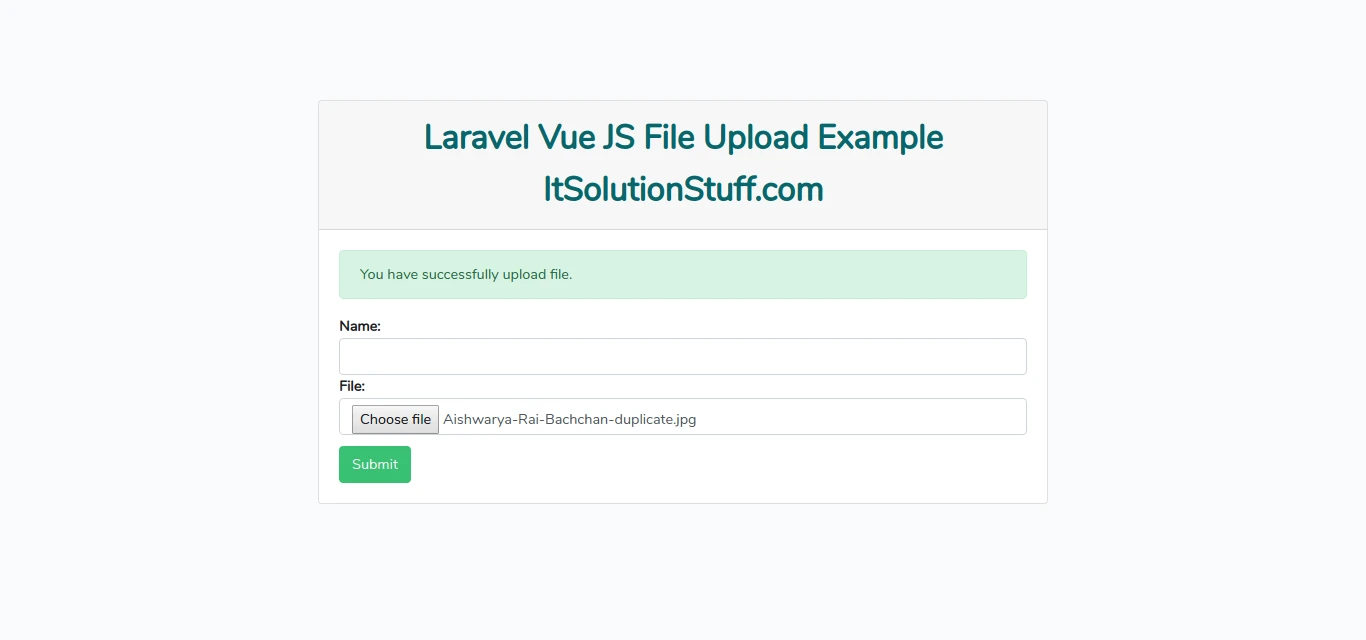مرحله 1 ایجاد پروژه لاراول:
ابتدا اقدام به ایجاد یک پروژه لاراول به اسم بلاگ میکنیم .
composer create-project --prefer-dist laravel/laravel blog
مرحله 2 ایجاد migration:
اقدام به ایجاد یکmigration به وسیله دستور زیر میکنیم (migration برای ایجاد یک یا چندین table و روابط آندر database است) .
php artisan make:migration create_categories_table
مرحله 3 تغییر migration:
پس از ایجاد migration مورد نظر در این مسیر database/migrations آن را بصورت زیر تغییر میدهیم
<?php
use Illuminate\Support\Facades\Schema;
use Illuminate\Database\Schema\Blueprint;
use Illuminate\Database\Migrations\Migration;
class CreateCategoriesTable extends Migration
{
/**
* Run the migrations.
*
* @return void
*/
public function up()
{
Schema::create('categories', function (Blueprint $table) {
$table->increments('id');
$table->string('name');
$table->timestamps();
});
}
/**
* Reverse the migrations.
*
* @return void
*/
public function down()
{
Schema::dropIfExists('categories');
}
}
مرحله 4 ایجاد جدول:
برای ایجاد شدن tabel در دیتابیس دستور زیر را در ترمینال وارد میکنیم
php artisan migrate
مرحله 5 ایجاد مدل:
برای ایجاد شدن Model دستور زیر را وارد میکنیم. (Model برای ارتباط لایه application با database است.)
php artisan make:model category
مرحله 6 تغییر مدل:
model مورد نظر در آدرس app/category.php را مانند زیر تغییر میدهیم .
<?php
namespace App;
use Illuminate\Database\Eloquent\Model;
class Category extends Model
{
/**
* The attributes that are mass assignable.
*
* @var array
*/
protected $fillable = [
'name'
];
}
مرحله 7 ایجاد route:
route زیر را در آدرس routes/web.php تعریف میکنیم .
Route::get('categories', 'CategoryController@index');
مرحله 8 ایجاد controller:
اقدام به ایجاد controller در فریم ورک لاراول با دستور زیر میکنیم .
php artisan make:controller CategoryController
مرحله 9 تغییر controller:
CategoryController را در آدرس app/http/controller یه شکل زیر تغییر میدهیم .
<?php
namespace App\Http\Controllers;
use Illuminate\Http\Request;
use App\Category;
class CategoryController extends Controller
{
/**
* success response method.
*
* @return \Illuminate\Http\Response
*/
public function index()
{
$data = Category::paginate(10);
return response()->json($data);
}
}
مرحله 10 نصب node moule ها:
خط به خط دستورات زیر را برای نصب module ,vueهای موجود در فایل package.json را در ترمینال وارد میکنیم
composer require laravel/ui --dev
php artisan ui vue
npm install
npm install vue-resource
npm install laravel-vue-pagination
مرحله 11 افزودن component :
در مسیر resources/assets/js/app.js دو component را مانند زیر اضافه میکنیم
require('./bootstrap');
window.Vue = require('vue');
Vue.use(require('vue-resource'));
Vue.component('data-component', require('./components/DataComponent.vue'));
Vue.component('pagination', require('laravel-vue-pagination'));
const app = new Vue({
el: '#app'
});
مرحله 12 ایجاد component:
در مسیر resources/assets/js/components/DataComponent.vue را مانند زیر ایجاد میکنیم.
<template>
<div class="container">
<div class="row justify-content-center">
<div class="col-md-8">
<div class="card">
<div class="card-header">Laravel vue pagination - ItSolutionStuff.com</div>
<div class="card-body">
<ul>
<li v-for="tag in laravelData.data" :key="tag.id">{{ tag.name }}</li>
</ul>
<pagination :data="laravelData" @pagination-change-page="getResults"></pagination>
</div>
</div>
</div>
</div>
</div>
</template>
<script>
export default {
mounted() {
console.log('Component mounted.')
},
data() {
return {
laravelData: {},
}
},
created() {
this.getResults();
},
methods: {
getResults(page) {
if (typeof page === 'undefined') {
page = 1;
}
this.$http.get('/categories?page=' + page)
.then(response => {
return response.json();
}).then(data => {
this.laravelData = data;
});
}
}
}
</script>
مرحله 13:
در مسیر resources/views/welcome.blade.php را مانند زیر تغییر میدهیم .
<!DOCTYPE html>
<html>
<head>
<meta charset="utf-8">
<meta name="csrf-token" content="{{ csrf_token() }}">
<meta http-equiv="X-UA-Compatible" content="IE=edge">
<meta name="viewport" content="width=device-width, initial-scale=1">
<title>Laravel 5.6 Vue JS Pagination</title>
<link href="{{asset('css/app.css')}}" rel="stylesheet" type="text/css">
</head>
<body>
<div id="app">
<data-component></data-component>
</div>
<script src="{{asset('js/app.js')}}" ></script>
</body>
</html>
در انتها دستور زیر را وارد نمایید
npm run dev
لاراول مباحث زیادی دارد بهتر است برای یادگیری آموزش لاراول را مطالعه کنید



